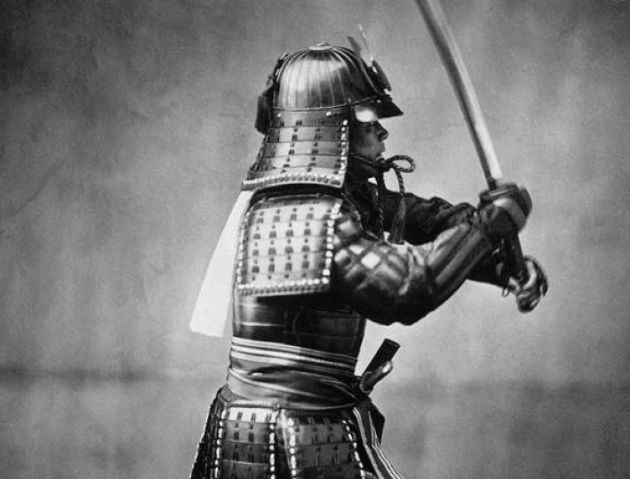Samurai martyr who died in Philippines is beatified in Japan

The Roman Catholic Church has beatified a 17th century Samurai and martyr during a Mass in Osaka, Japan, putting the former warrior on a potential path of sainthood.
Cardinal Angelo Amato, Prefect of the Vatican's Congregation for the Causes of Saints, presided over the Beatification Mass of Justo Takayama Ukon, who was declared a martyr by Pope Francis in January last year.
Ukon was born in 1552 and baptized in his childhood, served as a warrior and was exiled to Manila in 1614 due to the Edo Shogunate's ban on Christianity. He died of fever in 1615, Kyodo News reported.
Cardinal Amato read a letter declaring Ukon to be on the beatus list at the ceremony, at which the former warrior's portrait was shown and at which around 10,000 Catholics and other participants from Japan and abroad took part.
Pope Francis approved the recognition of Ukon in Jan. 2016 after receiving an application from the Catholic Bishops' Conference of Japan calling for Ukon's beatification as a martyr.
Francis said he had abandoned his status as a warlord status and gave up his life for his belief.
Approval of beatification requires either martyrdom or a miracle to have taken place. Excluding Ukon, 393 Japanese have been granted the status while 42 others have been made saints.
JESUIT MISSIONARIES
Takayama Ukon was born in 1552 in Japan at a time when Jesuit missionaries, members of the Society of Jesus, were introduced into the country.
By the time Takayama was 12, his father had converted to Catholicism and had his son baptized as "Justo" by the Jesuit Father Gaspare di Lella, Catholic News Agency reported.
Takayama's position in Japanese society as daimyo (a feudal lord) allowed him benefits, such as owning grand estates and raising vast armies.
As a Catholic, Takayama used his power to support and protect the short-lived missionary expansion within Japan, influencing the conversion of thousands of Japanese.
When a period of persecution began in the country under the reign of Japan's chancellor Toyotomi Hideyoshi in 1587, many converted Catholics abandoned their beliefs.
By the 1620s, most missionaries were either forced out of Japan or into underground ministry.
These missionary priests would have been of the same era as those featured in the recent movie "Silence" directed by Martin Scorsese, said CNA.
Although the film released in Nov. 2016 is based on a fictional novel by the Japanese author Shusaku Endo, many of the events and people depicted in "Silence" are real.
The blurb for the movie shot mostly in Taiwan says it is a story of two Catholic missionaries (Andrew Garfield and Adam Driver) who face the ultimate test of faith when they travel to Japan in search of their missing mentor (Liam Neeson).
It is at a time when Catholicism is outlawed and their presence forbidden.
In the real life story, instead of denying their faith, Takayama and his father left their prestigious position in society and chose a life of poverty and exile.
Although many of his friends tried to persuade Takayama to deny Catholicism, he remained strong in his beliefs.
Takayama "did not want to fight against other Christians, and this led him to live a poor life, because when a samurai does not obey his 'chief,' he loses everything he has," Father Anton Witwer, a general postulator in the Jesuits told CNA in 2014.
After 10 years, the chancellor became persecuted the Christians more fiercely. He eventually crucified 26 Catholics, and by 1614, Christianity in Japan was completely banned.
The new boycott on Christianity forced Takayama to leave Japan in exile with 300 other Catholics. They fled to the Philippines, but not long after his arrival, Takayama died on February 3, 1615.
In 2013, the Japanese bishops' conference submitted a 400-page application for the beatification of Takayama to the Congregation for the Causes of Saints.
On Jan. 22, 2016, Takayama's advancement in the cause for canonization was further proclaimed when Pope Francis approved his decree of martyrdom.
"Since Takayama died in exile because of the weaknesses caused by the maltreatments he suffered in his homeland, the process for beatification is that of a martyr," Witwer explained.
Takayama's life exemplifies the Christian example of "a great fidelity to the Christian vocation, persevering despite all difficulties," he said.